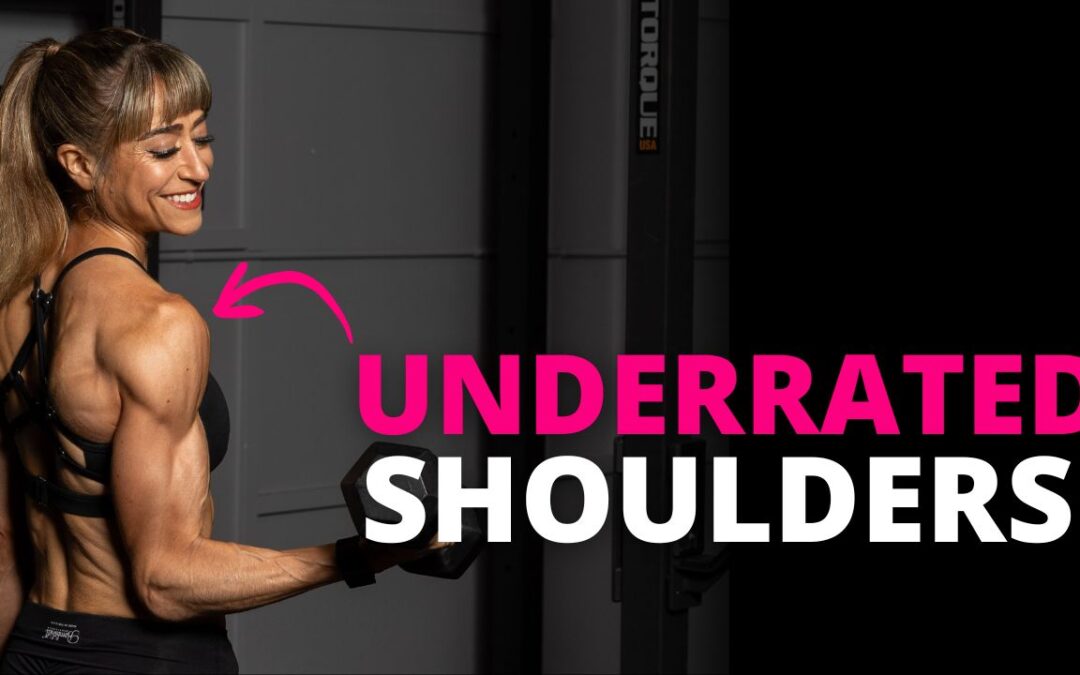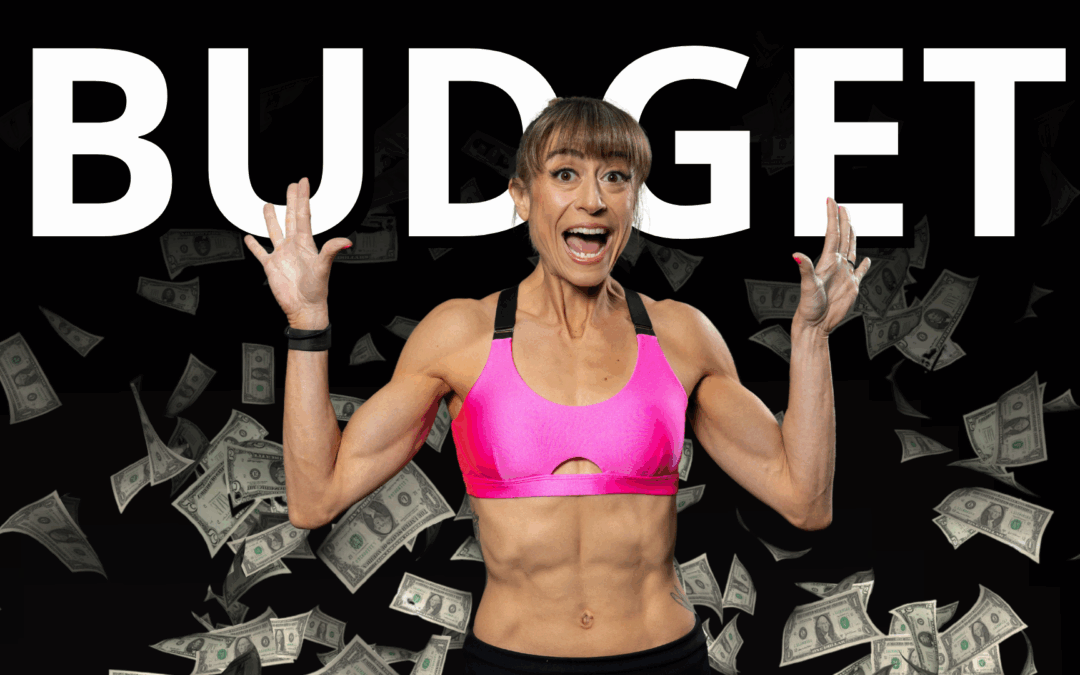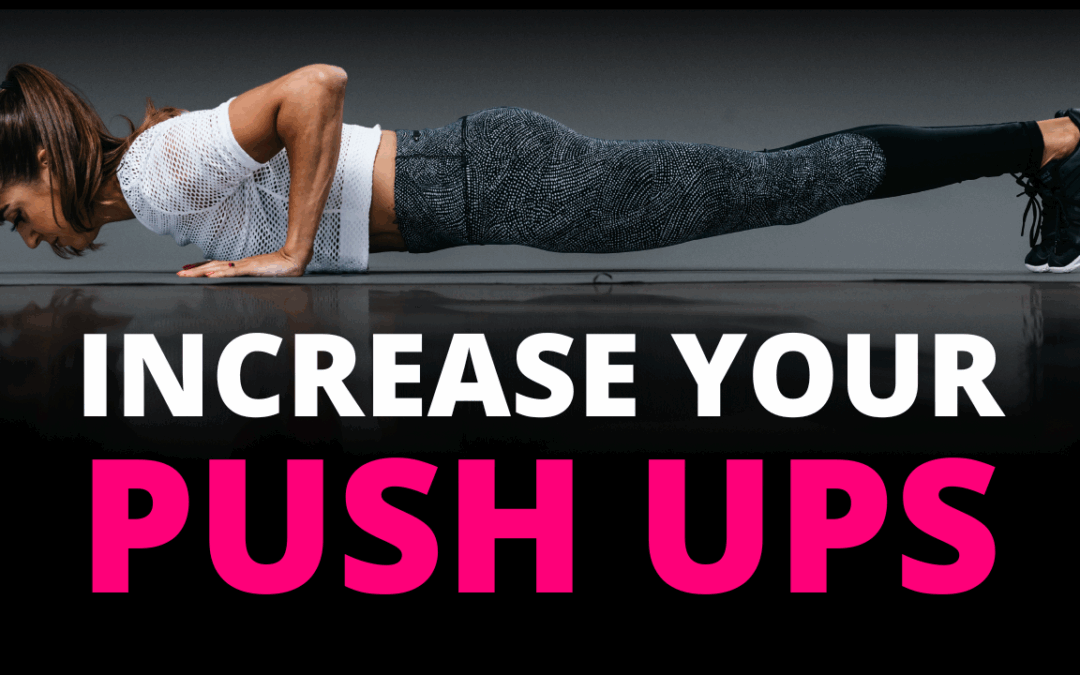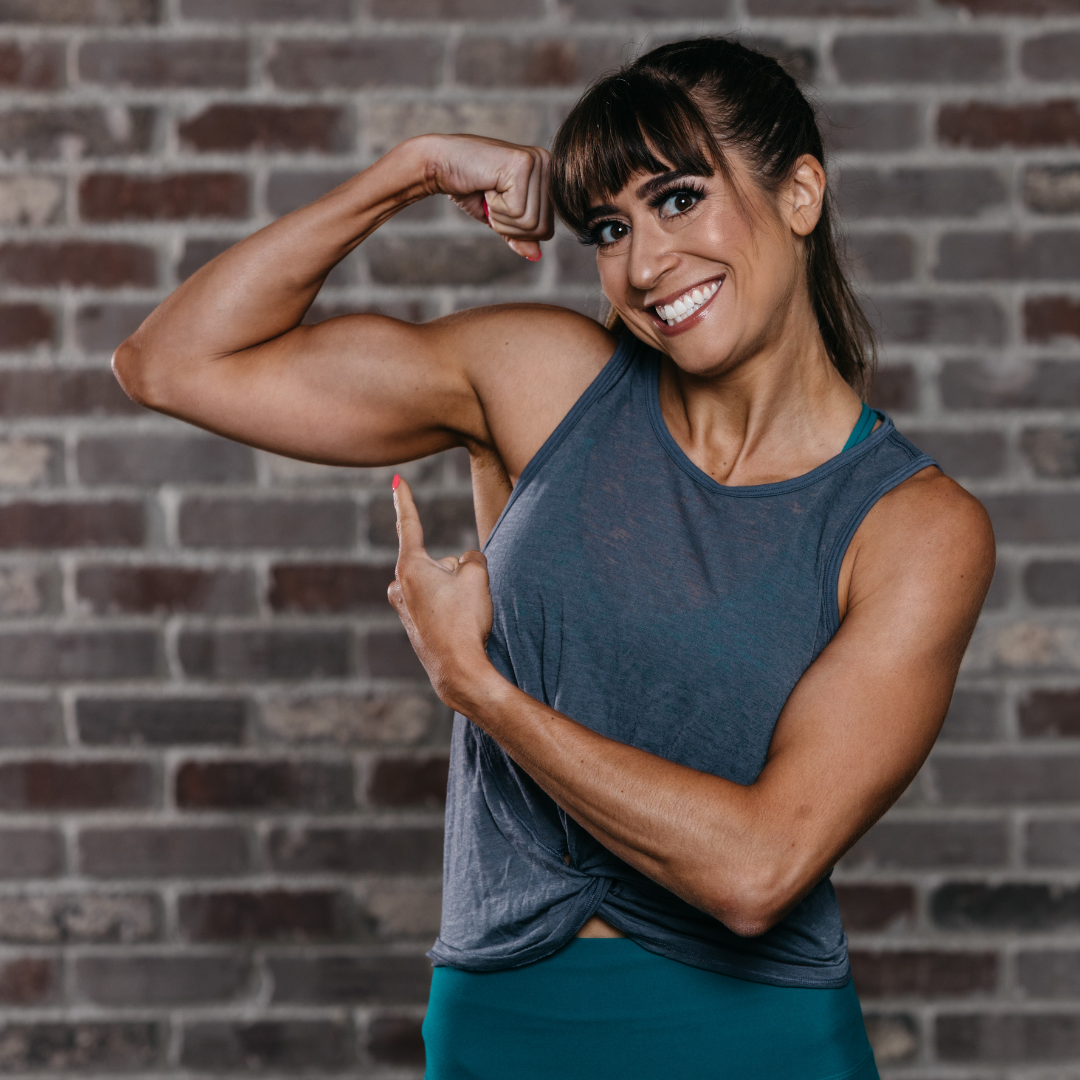
by Cori Lefkowith | Sep 28, 2025 | Blog, Exercises
I workout to move, feel and look my best. So when an exercise not only helps with mobility and stability but also strength and hypertrophy…. I’m going to be using that exercise every chance I get! And I’m not going to lie…I love the look of strong defined shoulders...

by Cori Lefkowith | Sep 25, 2025 | podcast
Listen: Change Requires CHANGE If you’re feeling stuck and know deep down that you could be doing better, don’t wait any longer. Your life is not going to change until you take action and make a bold move towards your goals. If you’re ready to take control of your...

by Cori Lefkowith | Sep 21, 2025 | Blog, Exercises, Push Ups
Feel like you’re getting stronger and are able to do more reps of that modified push up, but not any closer to that full push up? While adding reps may feel like progress, it may be the exact thing keeping you stuck. Because if we’re just adding more reps but not...

by Cori Lefkowith | Sep 18, 2025 | podcast
Listen: Change Requires CHANGE If you’re feeling stuck and know deep down that you could be doing better, don’t wait any longer. Your life is not going to change until you take action and make a bold move towards your goals. If you’re ready to take control of your...

by Cori Lefkowith | Sep 14, 2025 | Blog, Diet
Creatine is trendy right now and not without good reason. Research has shown some amazing benefits to help us feel our most fabulous both physically and mentally as we get older. And while getting a creatine supplement may be an easy way to boost your creatine intake,...






